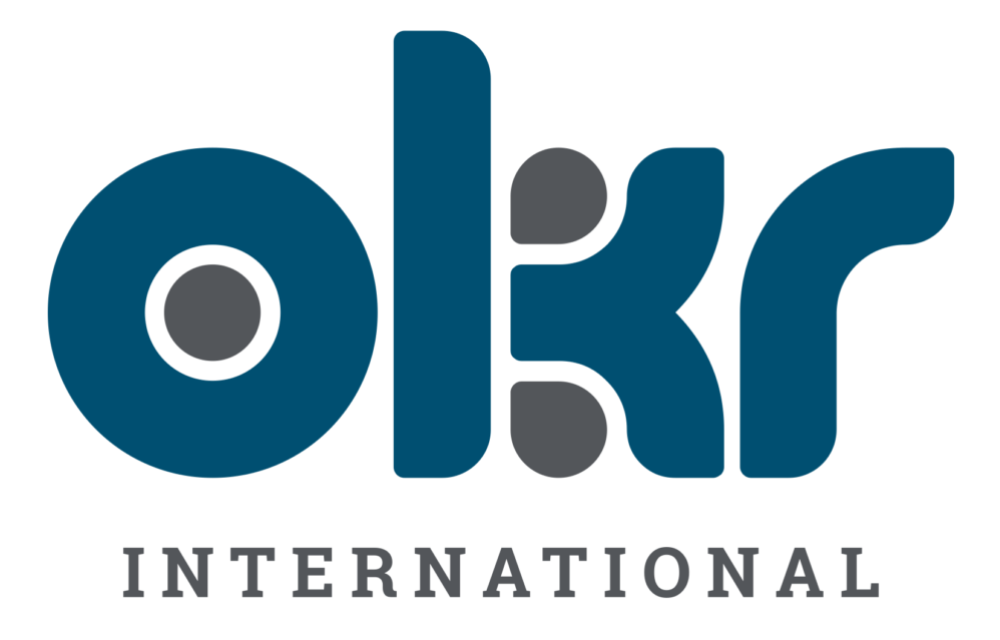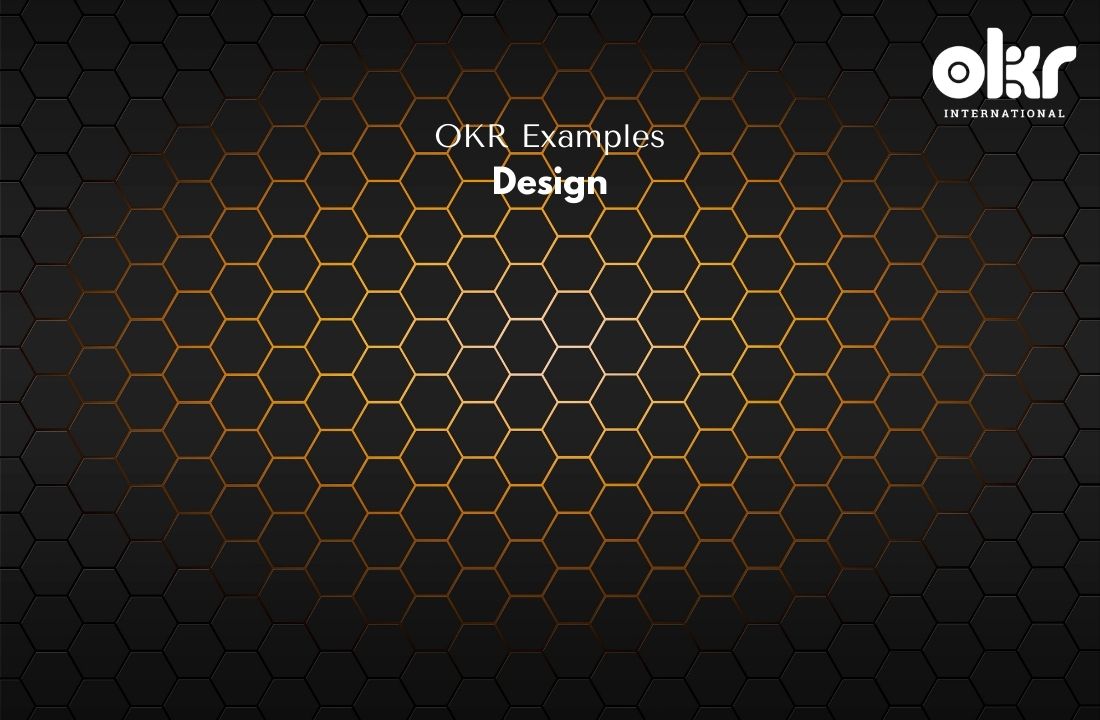10 Genius OKR Examples in Design
Design plays a crucial role in creating visually appealing and user-centric products and experiences. Objectives and Key Results (OKRs) can be powerful tools to drive performance and innovation in design teams. Here, we present ten genius OKR examples in design, offering valuable insights for organizations aiming to excel in design and deliver exceptional user experiences.
1. Enhancing User Interface (UI) Design
Objective: Improve the visual appeal and usability of user interfaces.
Key Results:
- Increase user satisfaction scores for UI design by 20% in the next quarter.
- Reduce user error rates by 15% through improved UI design within the next six months.
- Conduct 5 instances of user testing and incorporate feedback into design iterations 2 times a month.
2. Streamlining User Experience (UX) Design
Objective: Optimize the end-to-end user experience for maximum usability.
Key Results:
- Conduct UX research to identify pain points and usability issues, and address 80% of the identified issues within the next year.
- Improve the task completion rate by 10% through iterative UX design improvements within the next six months.
- Collaborate with 100% of cross-functional teams to ensure consistent and seamless experiences across all touchpoints.
3. Implementing Design Thinking
Objective: Foster a design thinking mindset within the organization.
Key Results:
- Conduct 3 design thinking workshops and training sessions for all employees within the next quarter.
- Apply design thinking principles to at least 3 key projects or initiatives within the next year.
- Establish a feedback mechanism to capture and implement 100% of ideas generated through design thinking.
4. Enhancing Brand Identity
Objective: Develop a strong and cohesive brand identity across all touchpoints.
Key Results:
- Conduct a brand audit to assess brand consistency and identify 3 areas for improvement within the next six months.
- Redesign or refine key 60% of brand elements, such as the logo or visual guidelines, to better reflect the brand identity within the next year.
- Measure brand recognition and perception through 3 market research surveys and aim for a positive shift in brand sentiment.
5. Designing Accessible Experiences
Objective: Create inclusive and accessible designs for all users.
Key Results:
- Conduct accessibility audits and address 100% of the identified accessibility issues within the next six months.
- Incorporate accessibility best practices into the design process and ensure 100% compliance with relevant accessibility standards.
- Solicit feedback from 100% of users with disabilities and implement design improvements based on their input.
6. Implementing Design System
Objective: Establish a comprehensive design system for consistent and efficient design workflows.
Key Results:
- Develop and document 1 design system that includes visual styles, components, and guidelines within the next year.
- Increase design team efficiency by 50% by reducing redundant design efforts through the use of the design system.
- Conduct 3 regular design system audits and updates to ensure its relevance and effectiveness.
7. Embracing Emerging Design Technologies
Objective: Explore and adopt new design technologies and tools.
Key Results:
- Identify and evaluate 3 emerging design technologies and implement at least two new tools or techniques within the next quarter.
- Provide training and resources of design to 80% of team members to upskill and adapt to new design technologies.
- Measure the impact of 10% of new design technologies on design productivity and effectiveness.
8. Improving Collaboration with Stakeholders
Objective: Foster effective collaboration between design teams and stakeholders.
Key Results:
- Conduct 3 design review sessions with stakeholders and achieve a satisfaction rate of 90% or above within the next six months.
- Establish a feedback loop with stakeholders to capture their input 100% and incorporate 70% of it into design iterations.
- Develop 5 guidelines or processes for effective design briefings and requirements gathering.
9. Enhancing Design Research and Testing
Objective: Conduct user research and testing to inform design decisions.
Key Results:
- Conduct usability testing sessions with 4 representative users for all major design releases within the next year.
- Incorporate 80% of user feedback and insights into design iterations on a regular basis.
- Implement 4 tools and processes to streamline and scale design research and testing efforts.
10. Nurturing Design Talent
Objective: Invest in the growth and development of design professionals.
Key Results:
- Provide ongoing training and skill development opportunities to 100% of design team members based on individual development plans.
- Foster a culture of continuous learning and knowledge sharing within the design team by taking 3 surveys and bringing them to fruition in the next quarter.
- Measure and improve employee satisfaction and retention by 80% within the design team.
By adopting these OKR examples in design, organizations can drive innovation, create exceptional user experiences, and foster a culture of design excellence. These strategic objectives and key results serve as guiding principles for organizations seeking to excel in design and deliver products and experiences that delight users.
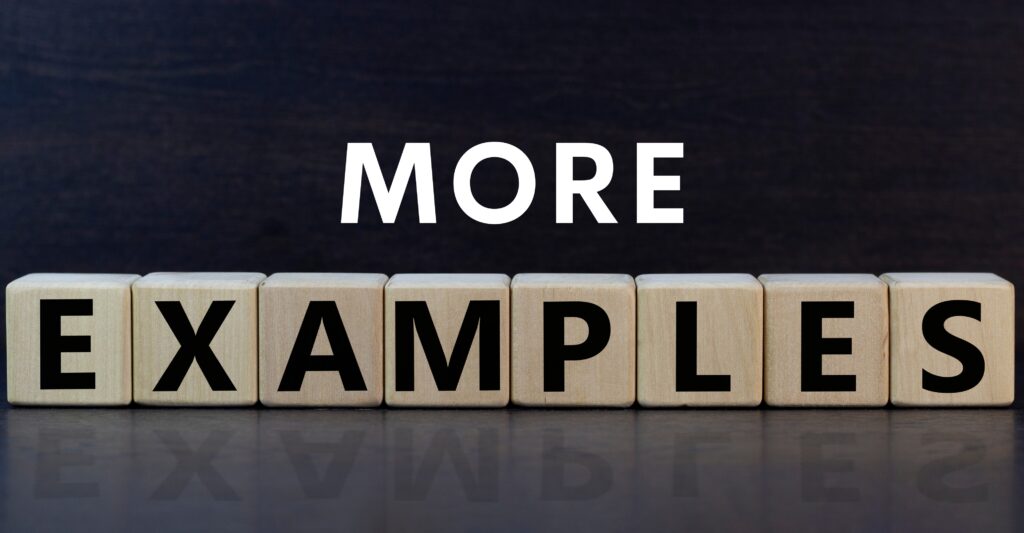
When looking to set OKRs, it’s natural to want examples to ignite the thought process or simply compare yours to OKR Examples. Check out our compendium of OKR Examples here.
Explore Our Range of Services
Bring OKRs (Objectives and Key Results) to your organisation with our tried & tested OKR Framework.

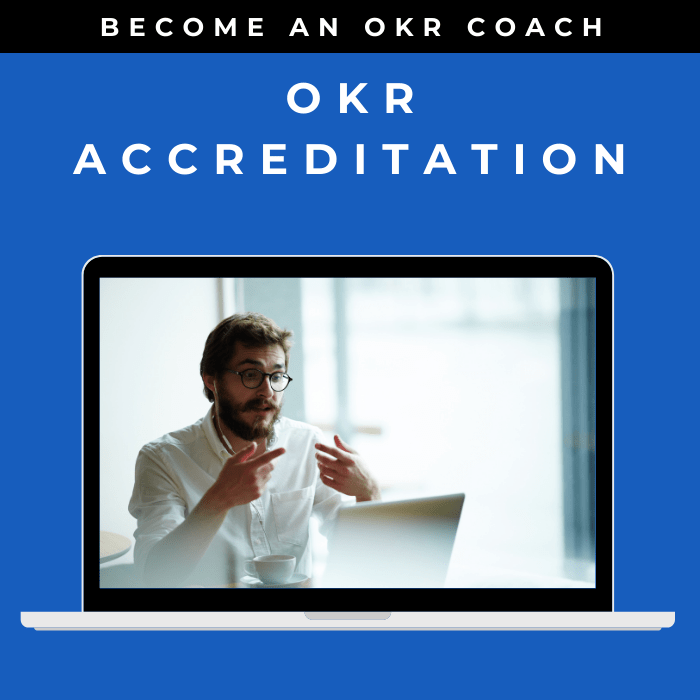
OKR International’s highly acclaimed Certified OKR Practitioner Program is the first and only OKR accreditation endorsed by ICF & HRCI for continuing education units.
OKR International helps leaders create the alignment, engagement and result orientation needed for growth by offering OKR Advisory services.

